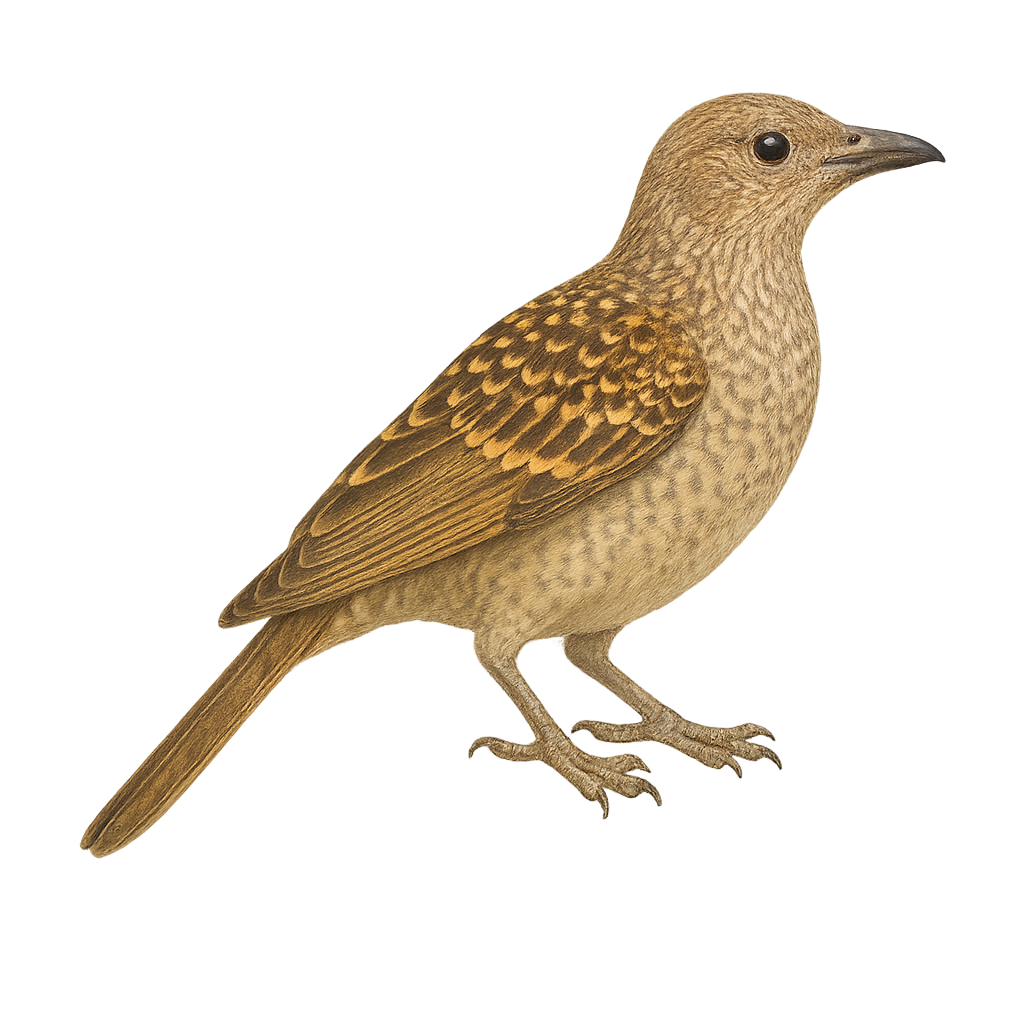Your wildlife photography guide.
Explore the spotted bowerbird in detail, study its behavior, prepare your shots.
Where to observe and photograph the spotted bowerbird in the wild
Learn where and when to spot the spotted bowerbird in the wild, how to identify the species based on distinctive features, and what natural environments it inhabits. The WildlifePhotographer app offers tailored photography tips that reflect the spotted bowerbird’s behavior, helping you capture better wildlife images. Explore the full species profile for key information including description, habitat, active periods, and approach techniques.
Spotted Bowerbird
Scientific name: Chlamydera maculata

IUCN Status: Least Concern
Family: Ptilonorhynchidae
Group: Birds
Sensitivity to human approach: Suspicious
Minimum approach distance: 10 m
Courtship display: August to September
Incubation: 19-21 jours
Hatchings: August to October
Habitat:
dry forests, savannas, open woodland areas
Activity period :
Primarily active during the day, with peak activity in the morning and late afternoon.
Identification and description:
The Spotted Bowerbird, or Chlamydera maculata, is a fascinating bird native to Australia. It is renowned for its elaborate courtship behaviors, where the male constructs structures called bowers, decorated with various colorful objects to attract females. This medium-sized bird features a brown plumage speckled with white, with a distinctive pink patch on the back of its head. It primarily inhabits dry forests, savannas, and open woodland areas. The Spotted Bowerbird is diurnal, being most active in the morning and late afternoon. Although it is relatively tolerant of human presence, it remains cautious and prefers to keep its distance.
Recommended lens:
400 mm – adjust based on distance, desired framing (portrait or habitat), and approach conditions.
Photography tips:
To photograph the Spotted Bowerbird, it is advisable to use a telephoto lens of at least 400mm to capture detailed images without disturbing the bird. Look for areas where males build their bowers, as this is where they are most active. Be patient and discreet, camouflaging yourself if possible to avoid scaring them away. The best times to observe them are early in the morning or late in the afternoon, when the natural light is soft and flattering.
The WildlifePhotographer App is coming soon!
Be the first to explore the best nature spots, track rutting seasons, log your observations, and observe more wildlife.
Already 1 429 wildlife lovers subscribed worldwide

